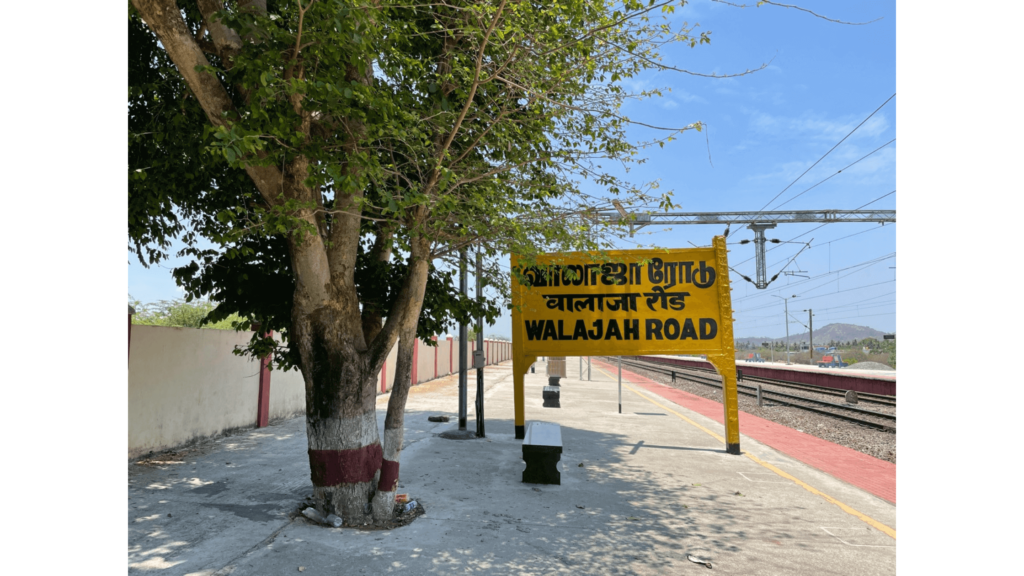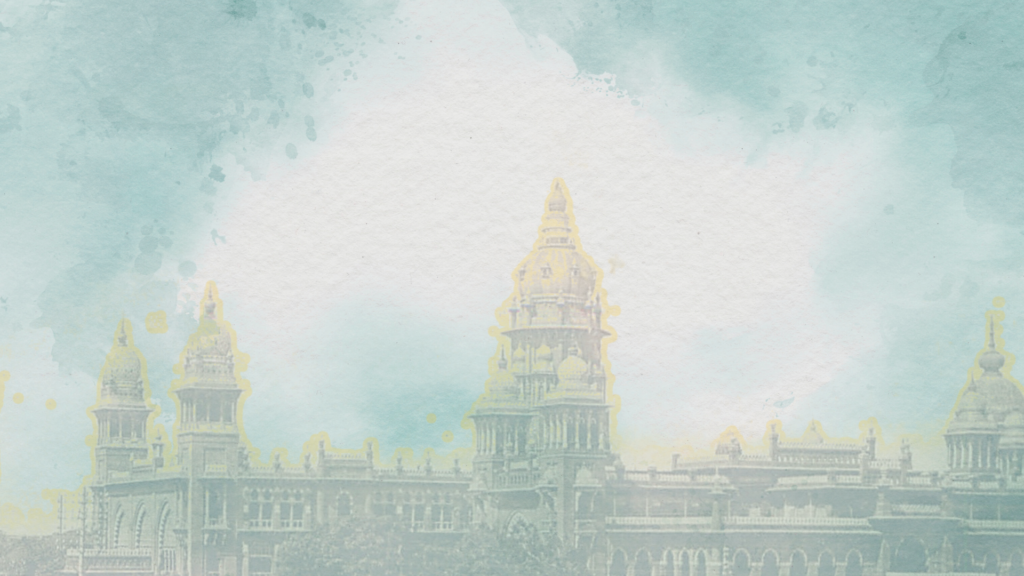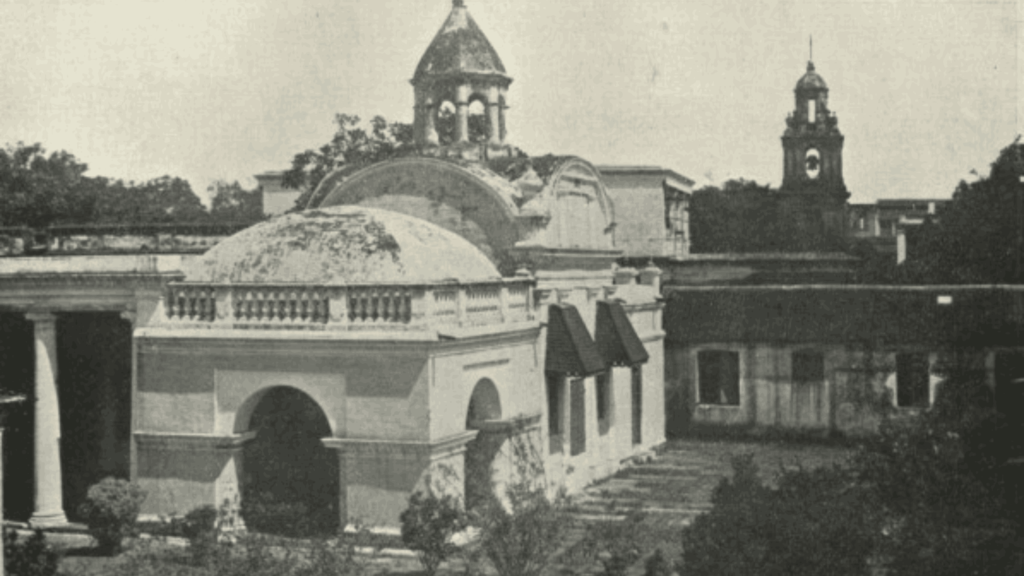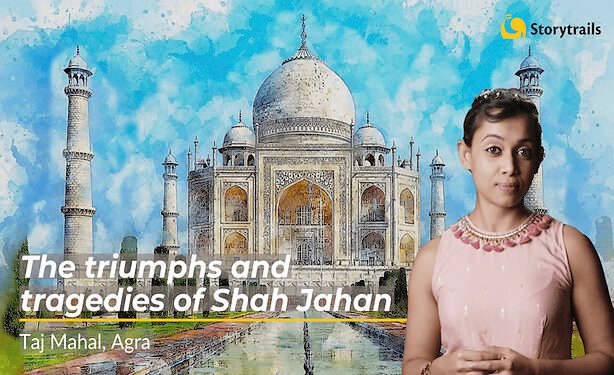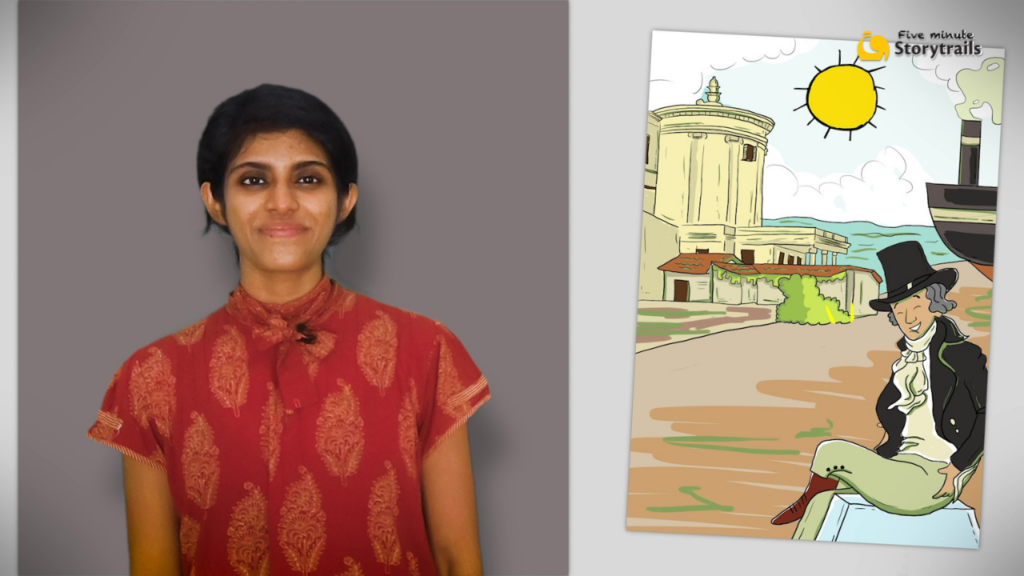Have you ever wondered why one end of the Chepauk Cricket stadium in Chennai is called Wallajah End? You might say that’s because that’s where the Wallajah Road is! Fair enough. Do you know why Wallajah Road is called Wallajah Road? Well, that’s because it leads to the Chepauk Palace of Nawab Wallajah. Now who was Nawab Wallajah?
The Nawab’s full name was: Amir ul Hind, Walla Jah, ‘Umdat ul-Mulk, Asaf ud-Daula, Nawab Muhammad ‘Ali Anwar ud-din Khan Bahadur, Zafar Jang, Sipah-Salar, Sahib us-Saif wal-qalam Mudabbir-i-Umur-i-‘Alam Farzand-i-‘Aziz-az Jan, Biradarbi Jan-barabar [Nawab Jannat Aramgah], Subadar of the Carnatic. Makes sense that they just settled on Wallajah for the name of the street, huh?
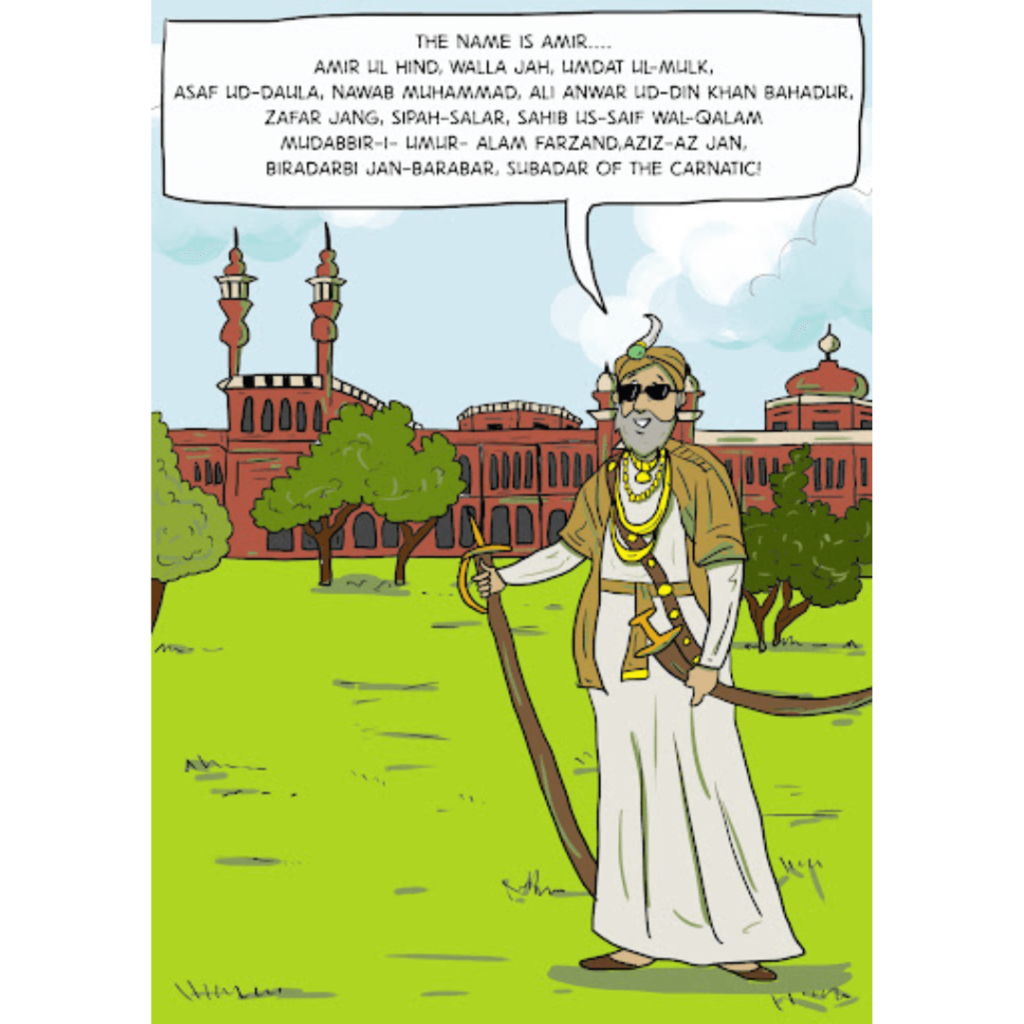
Walla Jah, we are told, means “supremely dignified gentleman”.
Indeed, Nawab Wallajah was not only a dignified gentleman but also a fascinating one. He descended from a long line of Mughal Governors. Although he was the legal heir of the seventh Nawab of Arcot, Anwaruddin Khan, he assumed power as the ninth Nawab. Before he could lay his claim to the throne, a relative of his, by the name of Chanda Sahib, usurped it and became the de facto eighth Nawab. Wallajah battled for three years (between 1749 and 1752) to dislodge the pretender; and the British supported him in his efforts. At the end of the long-drawn-out war, Wallajah emerged victorious and Chanda Sahib ended up dead. And that’s how Wallajah became the ninth Nawab.
Wallajah shifted his capital from Arcot to Madras (modern-day Chennai), because that’s where his dear friends, the British, lived. He lovingly built the beautiful Chepauk Palace very close to the British Fort St. George. It is said that he wanted to live inside Fort St. George, but the English were nervous about the security risk. However, they did make a Wallajah Gate on the Cooum-side of the Fort so that Wallajah could enter freely and hobnob with the British bigwigs.
But life was not easy for him. He was frequently at war with the Mysore kings and the Tanjore Marathas. The British, his allies, agreed to supply him with both weapons and soldiers, but at a cost. Soon, Wallajah ended up owing them outrageous sums of money for the hardware and outsourced manpower!Yet, Wallajah did not let petty accounting interfere with his business of noblesse oblige. He generously contributed to public causes. He built shelters in the holy cities of Mecca and Medina, sent Haj pilgrims on his private ships, contributed to mosques and even commissioned the famous Madrasa-E-Azam, an Islamic school. His munificence was not just restricted to Muslims. He donated heavily to the Srirangam and Triplicane Parthasarathy Temples. He donated land to the Mylapore Kapali Temple for building a tank. Even today, during the annual Float Festival of that tank, his descendants are honoured first. He also donated land to Christian institutions such as the Bishop Heber School in Trichy. Indeed, in charity, he was truly secular. But by now, Wallajah was quite bankrupt. Secular charity needed secular funding. So, he borrowed heavily from all communities: the British, the Armenians and other wealthy Indians.
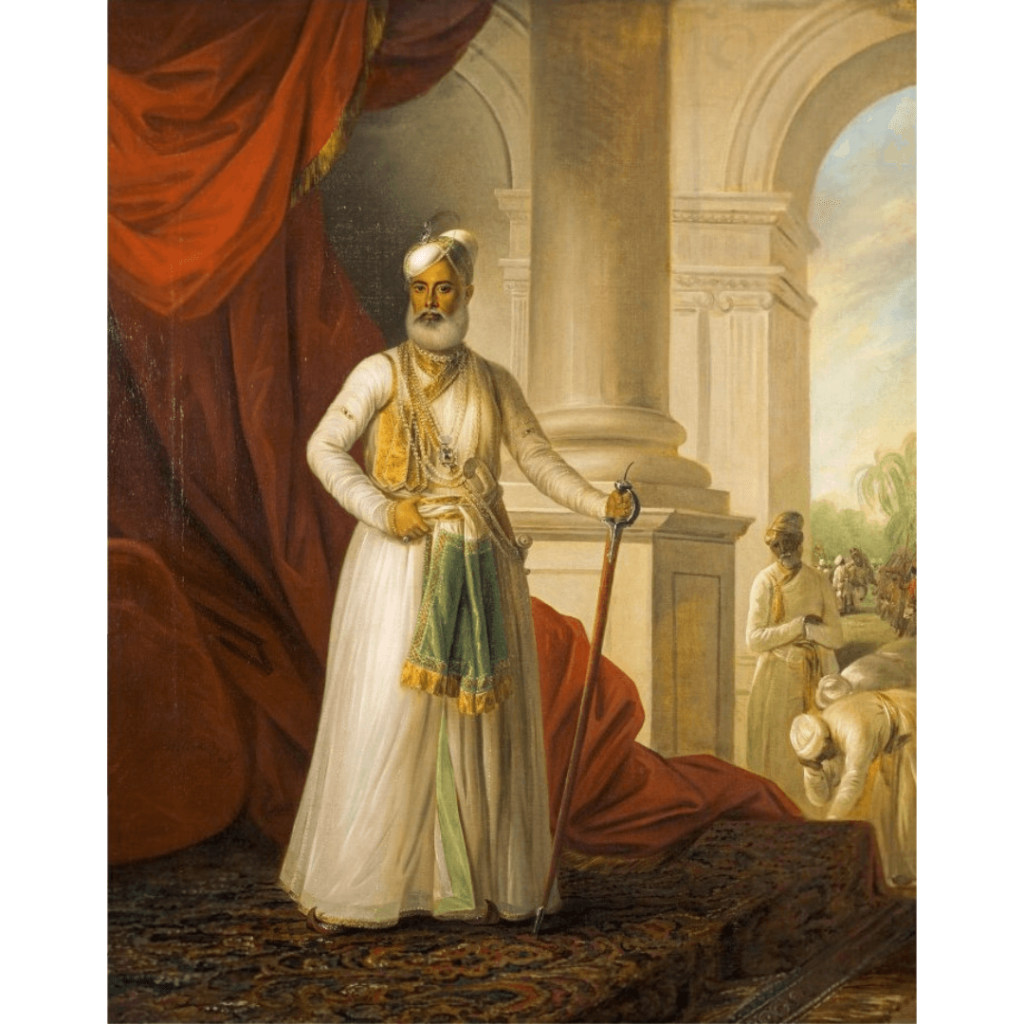
By the Treaty of Paris signed in 1763, Wallajah was recognised as a king, independent of the Mughal Emperor. But it did nothing to change local economics. His ultra-deficit financing model would have made even the US Government cringe, but Wallajah was ever full of courtesy and grace. Once an Armenian money lender, Shawmier Sultan, came to enforce his dues. Wallajah charmed him so much that Shawmier tore up his promissory note, declaring that his claim was but just a little dust on Wallajah’s shoes. Wallajah responded in kind by gifting a whole village to Shawmier! In victory, he showed kindness. When he defeated the Tanjore Marathas, his soldiers raided the Tanjore treasury. To their disappointment they found that everything had been spent in the war – only the personal jewellery of the Queen Mother remained! Wallajah ordered his soldiers to return it to the Queen Mother and treat her like royalty.
Wallajah lived like a king, gave like a king, and died like a king. Unfortunately, he left behind huge debts that made his descendants vulnerable. The British exploited this and took over his kingdom by means fair and foul. However, they could not completely ignore his friendship. Even today, his descendant sports the honorary title of ‘Prince of Arcot’ and receives a tax-free pension from the government of India.
Wallajah’s memory lives on in names like Wallajah Mosque, Walajapet, Walajabad, Wallajah Gate and Wallajah Road. And, as any kid in cricket-crazy Chennai will tell you, every other over in the Chepauk Cricket Stadium HAS to be bowled from the Wallajah End!
